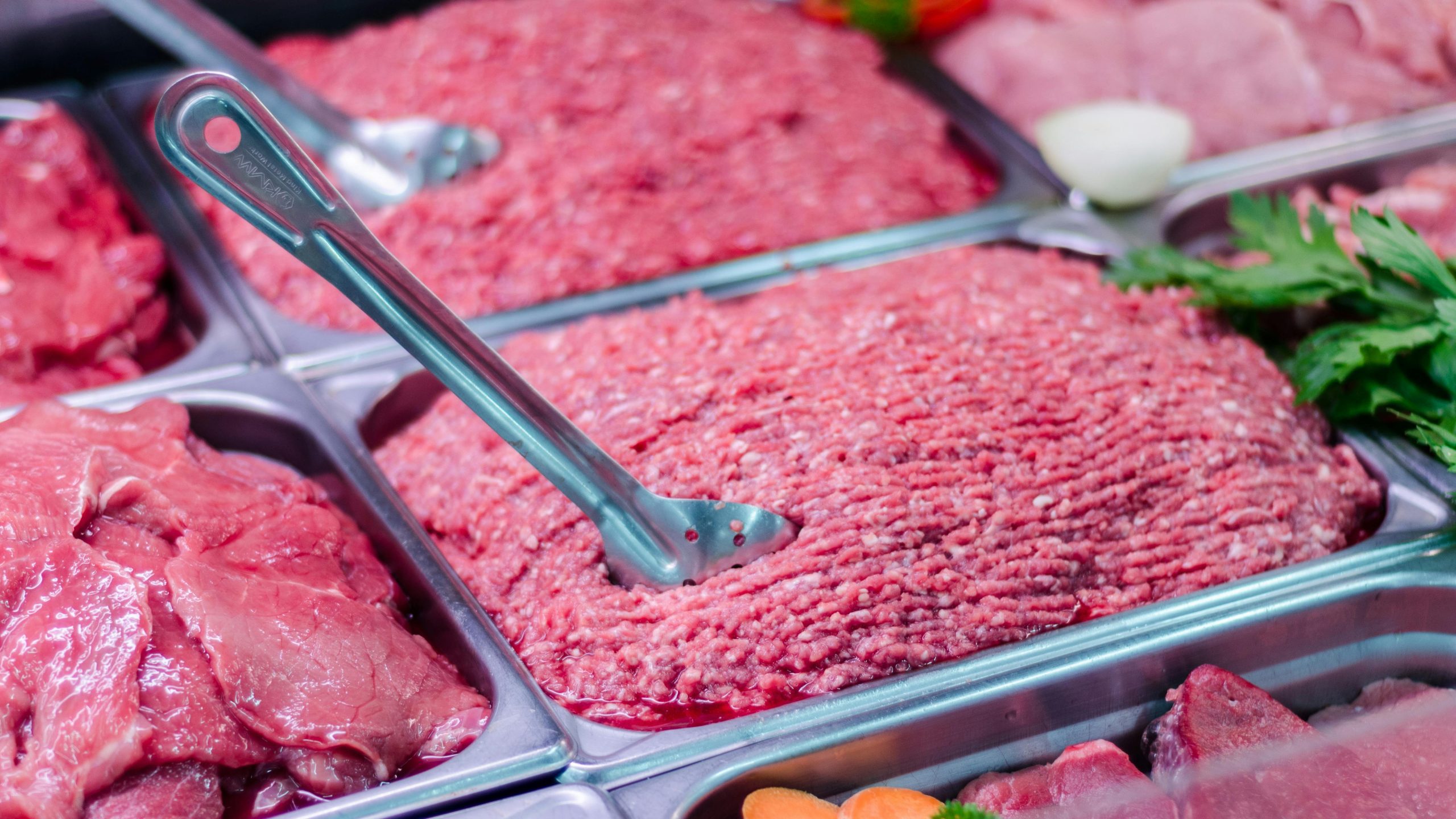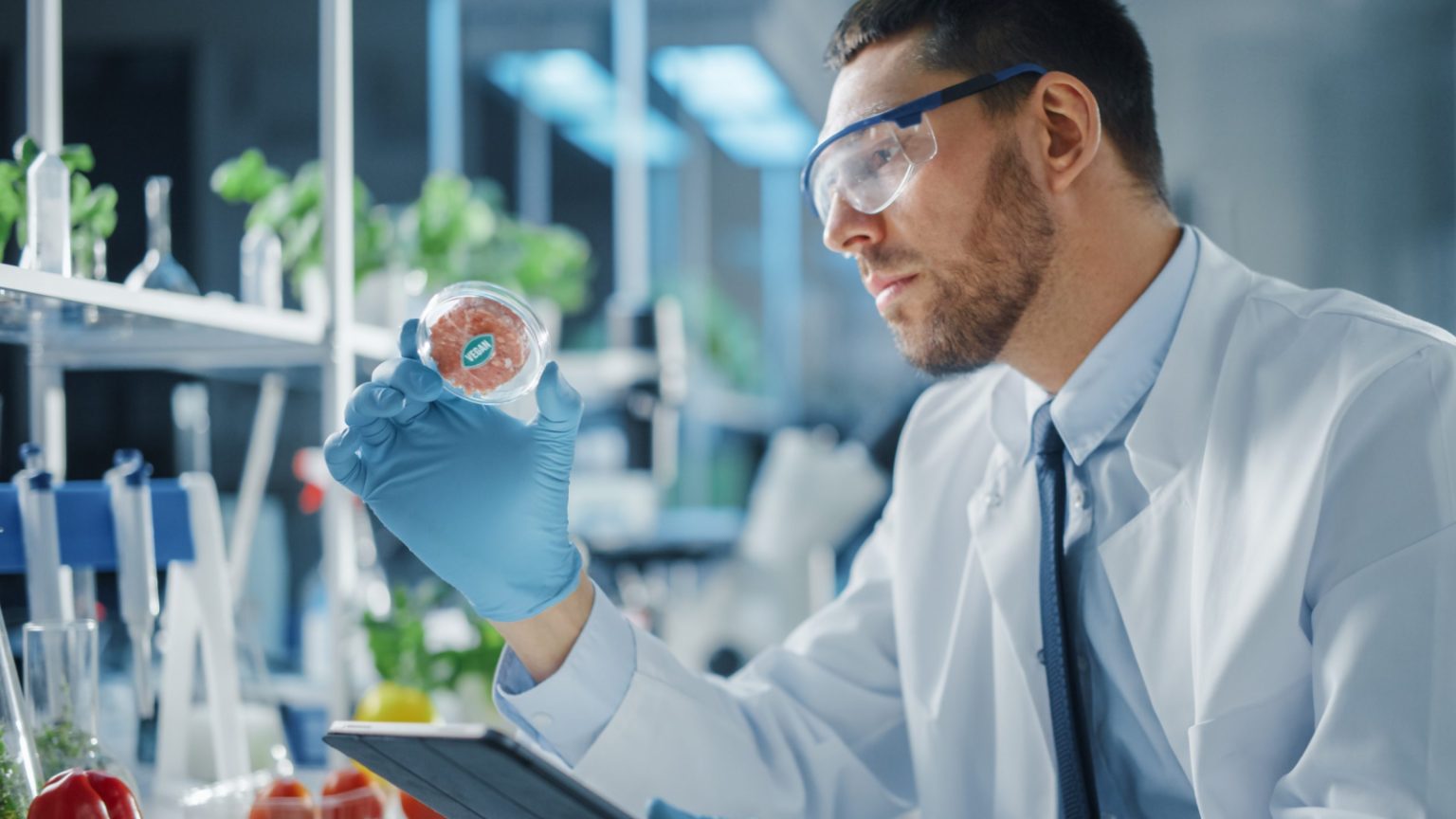The Future of Protein: How Lab-Grown Meat Fits into Sustainable Nutrition
With the continuously growing population of the world, traditional systems of food production face immense pressures, especially with regard to protein sources. Traditional livestock farming is a very resource-consuming activity, with extensive use of water and land leading to environmental degradation and contributing to greenhouse gas emissions. Lab-grown meat, also known as cultivated or cell-based meat, represents a revolutionary approach to nutritionally balanced sustainability in this context.
Meeting Environmental Challenges
Lab-grown meat is an environmentally friendly alternative to traditional meat production and greatly cuts down on the environmental impact that is put forward by raising livestock. In 2023, meat production accounted for 36 percent of the world’s methane emissions, one of the largest contributors to climate change. Methane, which is produced by livestock, has a much higher heat-trapping capacity compared to carbon dioxide, making it a major factor in global warming. This source of emission is reduced when the meat is grown in the laboratory, hence allowing for cleaner and more sustainable food production.
In addition to this, water and land requirements for producing lab-made meat are extremely low as compared to rearing animals for their meat. This goes to mean that lab-made meat can be used to meet the escalating demand that follows population increase without depleting the Earth’s natural resources.

Lab-Grown Meat: Some Ethical and Health Benefits
The advantages go beyond environmental sustainability. There are a number of issues with the traditional meat industry, including animal welfare, the overuse of antibiotics, and concerns with food safety. These will all be minimized as lab-grown meat becomes more pervasive, building toward a more ethical and responsible food system.
Addressing Animal Welfare and Antibiotic Resistance
One of the primary ethical concerns with raising animals for food conventionally is animal welfare. Another major advantage of lab-produced meat is that it requires no slaughtering, hence being an ethical process for those people who love meat but do not agree with the slaughtering of animals. Moreover, it will reduce dependence on antibiotics, which are commonly used while raising livestock, to avoid diseases common in unhygienic conditions. The excessive consumption of antibiotics has caused antimicrobial resistance in the recent major public health crises. Growing meat in controlled environments bans the use of these drugs; hence, it is safer and healthier.
Nutritional Value of Lab-Grown Meat
Besides having environmental and ethical advantages, lab-grown meat also happens to be nutritionally sound. The most obvious thing one considers when thinking of any new protein source is its nutritional content above all-proteins and overall composition. Thankfully, regarding nutrition, lab-grown meat is as good as traditional meat.
Protein Content and Customization
The cultivation process of the meat means taking stem cells from a living animal and growing them in a bioreactor, where they become numerous and develop into muscle tissue, fat, and connective tissue. It is thus structurally and nutritionally close to traditional meat with the same protein content. Lab-grown meat, however, allows one to customize the nutritional profiles. Such technology allows manufacturers to engineer meat that has higher protein content or less fat in order to adapt products for certain health goals.

With such innovations, lab-grown meat will have the ability to provide nutritional needs at the level of protein intake without consumers worrying about the level of cholesterol or excessive saturated fat, among other issues with traditional meat products.
Lab-Grown Meat: How It Will Reach a Commercial Stage
While the potential for lab-grown meat is great, the journey to its market integration faces numerous challenges. Significant barriers that have to be overcome before lab meat forms part of our diets come from consumer acceptance and production costs.
Consumer Acceptance and Public Perception
Most people do not yet have familiarity with cultivated meat. Much of its success is going to depend upon whether the public can trust it. Since so many consumers are highly skeptical about food produced in a lab, they may think it’s unnatural or even harmful. While education on its benefits and safety, transparent labeling, and regulatory approval are major steps in creating confidence in this consumer product.
Besides, when the availability and affordability of cultured meat improve, it could turn out more appealing to a wide range of people who are concerned about sustainability, animal welfare, and health.
Scaling Up Production and Cost
Cultured meat is still in an infant stage regarding its production process, and scaling up production with respect to global demand is yet another big challenge. Growing meat in bioreactors, which is at a very expensive technology, includes many expenses on R and D. The production cost will start falling as soon as technology improves and more investments come along. Lab-grown meat might compete head-on with other traditional meats the day it gets economically viable as a source of protein.

The Future of Protein: A Sustainable Solution
Lab-grown meat, if its potential is harnessed, can and will be at the center of combating the world’s protein challenge. As demand for protein continuously rises, lab-grown meat can be a sustainable alternative to tackle and solve some of the largest problems facing the environment and raise ethical concerns.
A New Approach to Global Food Security
Clean meat is the disruption in our thinking behind food production. It could help solve some of the most pressing challenges in the global food system by offering a more resource-efficient, ethical, and nutritionally balanced solution to meet the world’s protein demands. Lab-grown meat could offer a reliable and sustainable source of protein in food-insecure regions, without the volatility of traditional livestock farming.
Conclusion: A Step Toward a Sustainable Food Future
Lab-grown meat is representative of the future regarding food sustainability and should be supported as such. This will mean a world where meat production would not stress our environment, threaten animal welfare, or compromise civic health. But as technology advances and awareness increases, lab-grown meat could and maybe should be part of the staple diet of our population and enable further development toward a much healthier, more ethical, and more sustainable food system.
Lab-grown meat plays a role in sustainable nutrition that is just at its beginning but whose impact can be immense. Further innovation, investment, and education may one day completely reshape the future of food toward betterment for our society and our planet.









